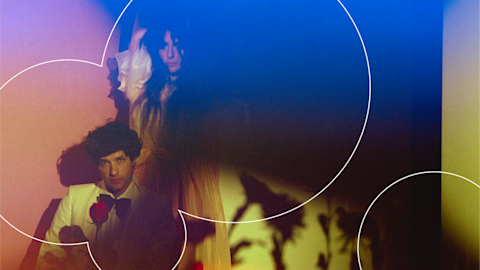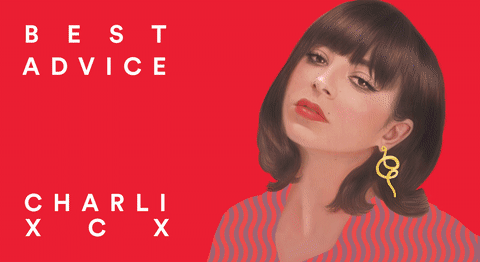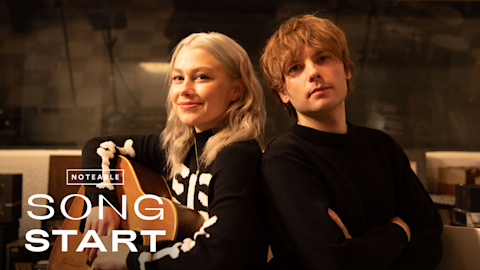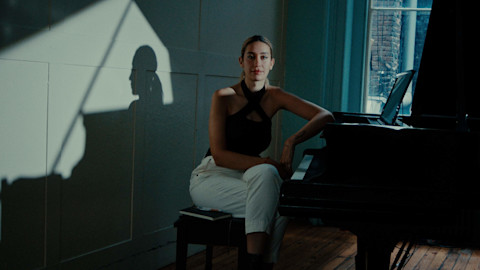Back in July, Spotify for Artists launched a beta feature designed to give artists, labels and teams a streamlined process for pitching a song for playlist consideration. When you pitch a song, you’ll have the option to fine-tune how you describe the song—its metadata—so that Spotify's editors can more efficiently find which playlists your track might best be suited for. This boosts the chances that you’ll connect with new fans already predisposed to showing interest in your work.
In a broad sense, metadata is all the contextual information associated with you and your music. This includes everything from your genre to your album’s release date, and digital music services such as Spotify use this data to determine how you show up in their service. This establishes the order of your albums or the associations that algorithms make between you and other artists, among other, far-reaching applications. As part of the playlist pitch process, Spotify is empowering artists to have direct input into certain metadata points.
"Metadata is just information about the music itself," Spotify senior product manager Steve Shirley explains. "What we're asking is that you describe your music to help put it in front of the right team of editors. It's detailing the genre and the specific attributes of the song that we think would get it in front of the right people."
Here’s how it works. When you and your team pitch an unreleased song—and Spotify for Artists allows you to pitch one at a time—that track enters a pool alongside others from artists both unknown and unsigned, as well as superstars and major-label acts. Spotify's teams of editors and curators comb through those pools looking for songs that could work on any of the thousands of playlists the service offers. With this change to the pitch process, you can fine-tune which pools your music ends up in, helping the right editor find it in order to consider adding your tracks to, say, Chilled R&B or Infinite Indie Folk.
"Everyone who has music on Spotify is now able to get their songs in front of the people making these really impactful playlist decisions," Shirley says.
The process is still pretty new, so here’s what to know: When you pitch your songs through Spotify for Artists, you’ll now have the option to add some further descriptions of those tracks.
So what is this metadata you will be asked to pitch?
First, you’ll pick the song's main genre. You’ll have plenty of options, and you can also choose up to three subgenres. "We're asking you to pick one top-level genre, but then you can tag it with additional subgenres," explains Shirley. "For example, there's country rock, there's folk rock, there's hard rock. These are important distinctions.”
From there, you’ll be able to pick up to three music cultures, which encompasses both the language and cultural influence of the music, as well as the location of the artist making it. "We have editors all over the world that are looking for music for their specific market,” clarifies Shirley. “If you're an editor in Finland, you want to make sure that the playlist that you programmed to represent Finnish music culture is highlighting the music coming out of that market, in addition to other globally relevant releases.
Next up, you can select up to two moods—say, Chill or Fierce or Sexy. What’s the mood of your song? Then, you can choose up to two song styles. Are you more of a Ballad or Beats type?
You can also tell us which instruments are featured in the song.
"If you want to tell us that there was a banjo or an organ or a synthesizer or whatever, we have all those options that you can tick," Shirley says.
Then there's a number of yes-or-no questions as well as one more about the nature of the song:
Seems like a lot of boxes to tick, right? A lot of categorization when it comes to art. Shirley gets this. Prior to work for Spotify, Shirley played in bands and worked for the independent label Original Signal, which included independent artists such as Longwave, Butch Walker, and Ingrid Michaelson. He's aware that artists don't like to feel boxed in, and they often blanch at assigning a genre or quantifying descriptor to their music.
"We don't want artists to think we're asking them to label their art,” explains Shirley. “We're just asking for information to help our editorial team figure out the listeners that might love their music.”
"As an artist, you might not feel like the music you make is straight-ahead 'pop' but you might select that genre because you feel the Spotify editors that make Pop playlists are best suited to determine which listeners your music is perfect for."
Pitching all of this metadata is optional, of course. Spotify isn't forcing anyone to pick a genre or a mood before uploading their song. But Shirley points out that Spotify has more than 5000 owned-and-operated playlists and receives huge volumes of submissions daily, and helping the editors out also helps you out.
"If you don't submit, you're in this sea of more than 20,00 songs that come in every single day, and the chances of an editor finding it are pretty low," he says. "We're not saying it's a requirement; you can still get on a playlist even if you don't submit," he says. "But it definitely increases your chances if you do."
—Michael Tedder






